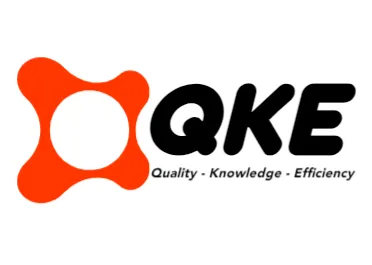APM Track and Trace is a core component of Application Performance Management, offering real-time insights into software behavior by tracking individual transactions across systems. It maps journeys to pinpoint bottlenecks, isolates errors, and enhances visibility into application health using detailed telemetry data. This strategic tool optimizes performance, reduces downtime, and supports data-driven resource allocation. Its importance lies in ensuring reliability and efficiency. Exploring further will uncover deeper benefits and practical impacts of this technology.
Key Takeaways
- APM Track and Trace monitors application behavior using telemetry data for real-time insights.
- It maps transaction journeys to identify bottlenecks and optimize performance.
- This technology enhances visibility into application health and user experience.
- It reduces issue detection and resolution times, boosting efficiency.
- APM Track and Trace ensures reliability and supports SLA compliance.
Understanding APM Track and Trace

APM Track and Trace represents a critical technology approach within Application Performance Management, designed to deliver real-time insights into software application performance. It focuses on tracking individual application behavior through telemetry data and monitoring software, ensuring visibility into health and availability. By detecting and troubleshooting issues, it enables IT teams to optimize performance strategically, using detailed data to inform decisions.
Central to this approach are Tracing Concepts, which map a transaction’s journey across the application stack, breaking it into spans to identify bottlenecks or errors with precision. Equally vital are Metrics Fundamentals, providing quantitative insights like response times and error rates to gauge system state. These components empower developers and analysts with actionable data, facilitating proactive issue resolution. Through such structured analysis, APM Track and Trace ensures applications meet performance expectations, supporting operational efficiency with a narrow, focused lens on individual application health and user experience. This approach also aids in resource allocation by highlighting areas of intensive usage or underutilization for better decision-making resource allocation decisions.
Key Benefits of APM Track and Trace

The implementation of APM Track and Trace offers organizations a robust framework for enhancing application performance through precise, data-driven insights. By tracing user requests end-to-end across distributed systems, it pinpoints bottlenecks like slow database queries and isolates specific errors, reducing Mean Time To Detect (MTTD) and Repair (MTTR). This delivers an Efficiency Boost by enabling faster issue resolution and optimizing resource allocation.
Moreover, APM Track and Trace ensures a Reliability Enhancement by proactively detecting issues before they impact users, maintaining higher uptime, and improving compliance with Service Level Agreements (SLAs). It provides granular visibility into complex systems, mapping interactions across microservices and monitoring third-party API performance. Such insights drive targeted performance optimization of code and resource consumption, ensuring applications meet expectations. Ultimately, this strategic tool fosters informed decision-making, enhances user satisfaction, and supports operational excellence through detailed, actionable data across diverse environments.
Practical Applications of APM Track and Trace

Organizations leveraging APM Track and Trace uncover a multitude of practical applications that drive operational efficiency and strategic decision-making. This technology excels in debugging by tracing user requests across distributed systems, pinpointing bottlenecks, and correlating data for rapid root cause analysis. It also optimizes performance by identifying inefficient code paths and latency issues in microservices, ensuring precise resource allocation.
In various Deployment Scenarios, APM Track and Trace monitors complex cloud-native architectures, visualizes service dependencies, and diagnoses communication failures. It enhances user experience by linking frontend interactions to backend traces, addressing latency or failed transactions. Industry Examples include e-commerce platforms tracking checkout processes for SLA compliance and financial sectors monitoring sensitive data access for regulatory adherence. Additionally, it supports capacity planning and proactive problem management by detecting performance degradation early, enabling data-driven strategies across sectors to maintain operational excellence and meet business objectives.

 Tiếng Việt
Tiếng Việt 日本語
日本語 中文 (中国)
中文 (中国) 한국어
한국어
